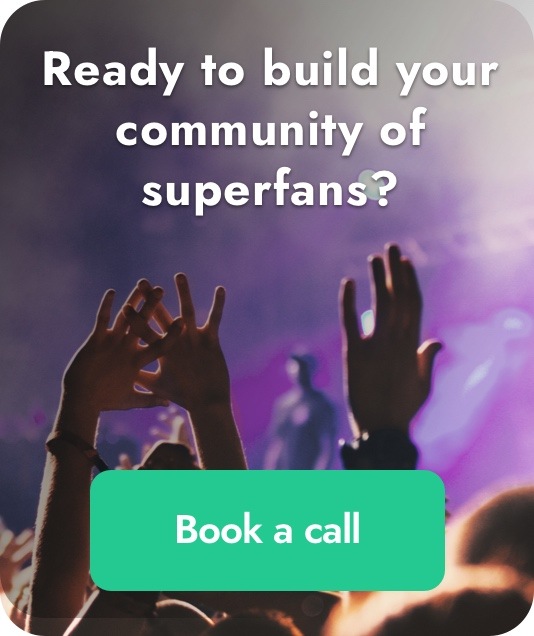When Greg Holden returned to face to face teaching following the initial pandemic lockdown period of online learning, he wanted to better support the wellbeing of his students.
That meant being able to engage with them more effectively and understand how they are feeling on a more regular basis. Greg has been a teacher for more than 20 years in the independent and international sector. His current role includes a large pastoral element, which means a strong focus on the mental and physical wellbeing of his students.
Greg is using a Wellbeing Tracker on the Task platform, with his students’ data sent directly to a Google Sheet to help monitor and support the wellbeing of his Sixth Form students. He now has a much better understanding of how they are feeling and whether they are experiencing any unrecognised challenges. 
Facing the challenges of student engagement
The typical way of checking in on a student is to speak face to face and ask them how they are feeling, what challenges they are currently facing and what other support they might require. But keeping track of the fluctuating states of wellbeing requires more than a simple check in chat once a week – It’s not enough if you want to understand the underlying issues and spot patterns of behaviour.
Greg was keen to avoid a weekly tick box routine and wanted to introduce an ongoing process that would help him gain deeper insights into his students. He needed the students to feel safe enough to share and also ensure that the feedback was secure and private.
Making the process fun and engaging, through the use of smartphones was also important so that his students are more willing to share their feelings.
Digitising the tracker
Greg saw an opportunity to launch his PERMA wellbeing tracker on the Task platform. It’s based on the PERMA model of wellbeing, pioneered by the founding father of positive psychology, Professor Martin Seligman. The main focus areas of the tracker are: Positive Emotions, Engagement, Relationships, Meaning and Achievement… with Health added in for good measure! It gave him an easy way to connect with his students in realtime and allow them to feedback on how they are feeling. The ability to create interactive dashboards gives further data driven insights for longer term analysis and insights.

Gamifying the experience with points and rewards meant it was fun and with students filling out the surveys from their smartphones, Greg is alerted in real time if a student is unhappy or dealing with an issue.
“I really like how easy it is to use. It’s great how you can write short answers about how you feel. And I also like the points system”. – Larissa, Yr12 Student
How the students use the WellbeingTracker on the Task app
Greg has set up a number of surveys that the students can engage with and earn points as they go, with the data then being sent back to a secure Google sheet. These include regular check ins with a scored self assessment – where the data is fed into a ‘traffic light’ system that gives a quick visual on current states of wellbeing. The points earned by the students can then be redeemed for ‘in house’ rewards.
![]() The Google sheet can also be securely shared with other pastoral leaders within the school, such as the Deputy Head (Pastoral) and the students’ Housemaster or Housemistress. This goes a very long way towards better pre-informed pastoral conversations that can drill down into any issues and offer any such support that may be needed. With the limited time available in the school day, this leaves more room to discuss the actual issues, rather than discover what they may be in a tutor meeting.
The Google sheet can also be securely shared with other pastoral leaders within the school, such as the Deputy Head (Pastoral) and the students’ Housemaster or Housemistress. This goes a very long way towards better pre-informed pastoral conversations that can drill down into any issues and offer any such support that may be needed. With the limited time available in the school day, this leaves more room to discuss the actual issues, rather than discover what they may be in a tutor meeting.
Another huge advantage of the Task platform is its ability to be easily customised. If a new well being focus area is needed, all it takes is a few moments to add another survey to the project and the new data comes straight in. This can be applied to many areas of school life, not just in the wellbeing area.
What’s next?
Greg has been reviewing other areas within the school curriculum where engagement, data tracking and rewards may be of use.
One possible area within the IB curriculum is Creativity Activity Service or CAS, a process which enables students to enhance their personal and interpersonal development by learning through experience by combining the three areas – Creativity Activity Service.
As part of the CAS format, students have been launching programs that align to the UN Sustainable Development Goals (SDGs), the blueprint to achieve a better and more sustainable future for all.
Greg is looking to use Task’s SDG project so that his students can track their SDG activities, allowing the school to measure and report on student progress and impact.
